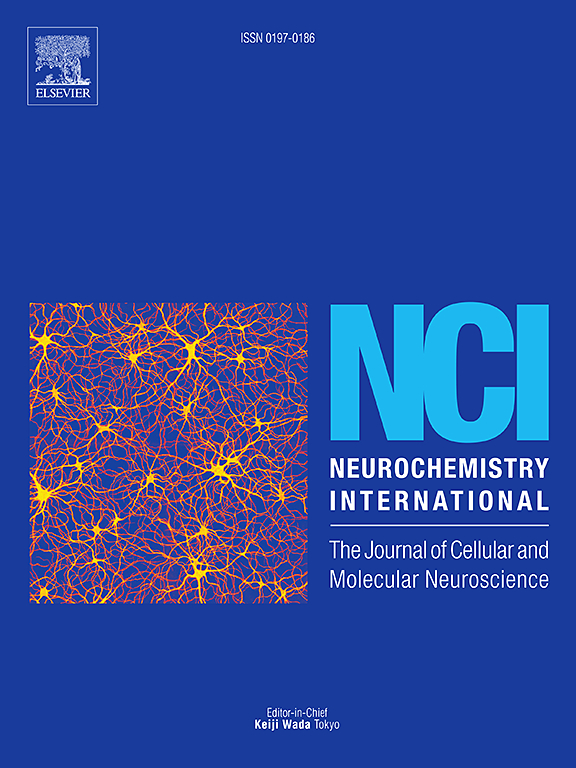锰刺激铁凋亡触发小鼠和HT22细胞的神经毒性:ncoa4介导的铁蛋白自噬的作用
IF 4
3区 医学
Q2 BIOCHEMISTRY & MOLECULAR BIOLOGY
引用次数: 0
摘要
锰(Mn)是一种生理功能必需的微量元素,当过量存在时,可以通过铁依赖的氧化应激机制诱导神经毒性。本研究表明,Mn通过核受体共激活因子4 (NCOA4)介导的铁蛋白自噬触发神经细胞铁凋亡。通过体内(Mn暴露小鼠)和体外(海马HT22细胞)模型,我们证明Mn暴露会破坏铁稳态,增加脑铁积累并下调铁中毒保护蛋白(SLC7A11和GPX4)。铁衰亡抑制剂铁抑素-1有效地抵消了锰诱导的细胞死亡,而细胞外铁螯合剂去铁胺的保护作用有限。至关重要的是,NCOA4敲低显著减轻了mn诱导的铁过载和细胞活力丧失,优于去铁胺。这些发现确立了铁蛋白自噬是锰神经毒性的中心机制,并强调了靶向细胞内铁调节而不是细胞外螯合的治疗潜力。我们的工作为开发针对mn相关神经退行性疾病的干预措施提供了机制基础。本文章由计算机程序翻译,如有差异,请以英文原文为准。

Manganese stimulates ferroptosis to trigger neurotoxicity in mice and HT22 cells: the role of NCOA4-mediated ferritinophagy
Manganese (Mn), an essential trace element for physiological functions, can induce neurotoxicity through iron-dependent oxidative stress mechanisms when present in excess. This study reveals that Mn triggers ferroptosis in neural cells via nuclear receptor coactivator 4 (NCOA4)-mediated ferritinophagy. Using in vivo (Mn-exposed mice) and in vitro (hippocampal HT22 cells) models, we demonstrated that Mn exposure disrupts iron homeostasis, elevating brain iron accumulation and downregulating ferroptosis-protective proteins (SLC7A11 and GPX4). The ferroptosis inhibitor ferrostatin-1 effectively counteracted Mn-induced cell death, whereas the extracellular iron chelator deferoxamine showed limited protection. Crucially, NCOA4 knockdown significantly mitigated Mn-induced iron overload and cell viability loss, outperforming deferoxamine. These findings establish ferritinophagy as a central mechanism in Mn neurotoxicity and highlight the therapeutic potential of targeting intracellular iron regulation over extracellular chelation. Our work provides a mechanistic foundation for developing interventions against Mn-associated neurodegenerative disorders.
求助全文
通过发布文献求助,成功后即可免费获取论文全文。
去求助
来源期刊

Neurochemistry international
医学-神经科学
CiteScore
8.40
自引率
2.40%
发文量
128
审稿时长
37 days
期刊介绍:
Neurochemistry International is devoted to the rapid publication of outstanding original articles and timely reviews in neurochemistry. Manuscripts on a broad range of topics will be considered, including molecular and cellular neurochemistry, neuropharmacology and genetic aspects of CNS function, neuroimmunology, metabolism as well as the neurochemistry of neurological and psychiatric disorders of the CNS.
 求助内容:
求助内容: 应助结果提醒方式:
应助结果提醒方式:


